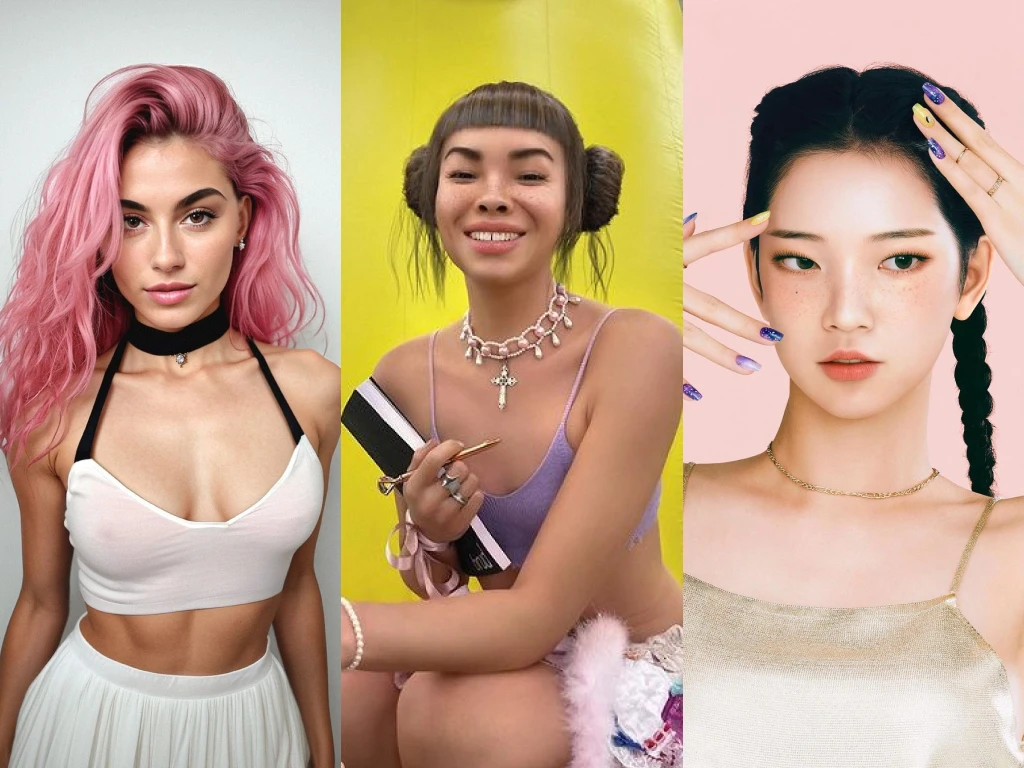A virtual influencer is a phenomenon that has been taking the marketing world by storm in recent years. These computer-generated characters are designed to look and act like real people, and they are quickly amassing large followers on social media.
There are a number of reasons for the rise of virtual influencers.
- First, they offer brands a level of control that is simply not possible with human influencers. Virtual influencers can be made to look and act however the brand wants, and they can be used to promote any product or service.
- Second, virtual influencers are immune to scandals and controversies. Human influencers are often caught up in negative headlines, which can damage their brands. Virtual influencers, on the other hand, are always on-brand and never have to worry about saying the wrong thing.
- Third, virtual influencers can reach a global audience. Human influencers are often limited by their language skills or cultural background. Virtual influencers, on the other hand, can be created to speak any language and represent any culture.
As a result of these factors, virtual influencers are becoming increasingly popular with brands. In 2022, the global virtual influencer market was valued at $1.8 billion, and it is expected to reach $19.6 billion by 2028.
Some of the most popular virtual influencers include:
- Lil Miquela: Lil Miquela is a Brazilian-American virtual influencer who was created in 2016. She has over 3 million followers on Instagram and has worked with brands such as Prada, Calvin Klein, and Samsung.
- Shudu Gram: Shudu Gram is a South African virtual model that was created in 2017. She has over 2 million followers on Instagram and has worked with brands such as Dior, Chanel, and Fenty Beauty.
- Noonoouri: Noonoouri is a German virtual model that was created in 2018. She has over 1 million followers on Instagram and has worked with brands such as Dior, Louis Vuitton, and Gucci.
The rise of virtual influencers is a sign of the changing nature of marketing. In the past, brands relied on human influencers to reach their target audiences. However, as the digital world becomes increasingly complex, brands are looking for new ways to connect with consumers. Virtual influencers offer a number of advantages over human influencers, and they are quickly becoming an essential part of the marketing mix.
Here are some of the benefits of using virtual influencers:
- Control: Virtual influencers can be controlled to a much greater extent than human influencers. Brands can decide what they look like, what they say, and what they do. This gives brands a high degree of control over their marketing campaigns.
- Consistency: Virtual influencers are always on-brand and never have to worry about saying the wrong thing. This can be a major advantage for brands that want to avoid negative publicity.
- Global reach: Virtual influencers can reach a global audience. This is because they are not limited by language or cultural barriers.
Of course, there are also some challenges associated with using virtual influencers:
- Cost: Virtual influencers can be expensive to create and maintain.
- Acceptance: Some consumers may not be comfortable with the idea of virtual influencers. They may see them as being fake or artificial.
- Regulation: The use of virtual influencers is still relatively new, and there are no clear regulations governing their use. This could lead to legal challenges in the future.
Overall, the rise of virtual influencers is a sign of the changing nature of marketing. Brands that are able to embrace this new technology will be well-positioned to succeed in the future.

